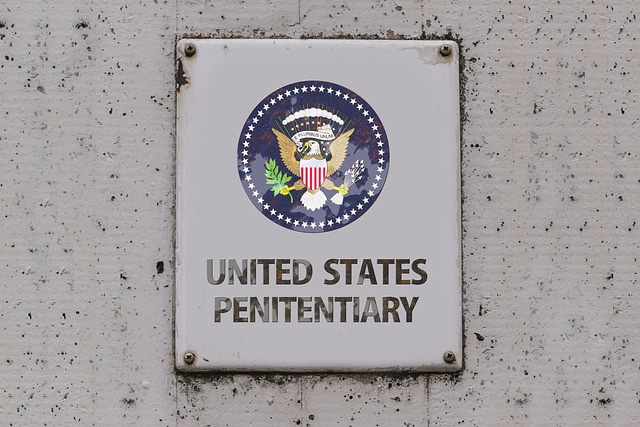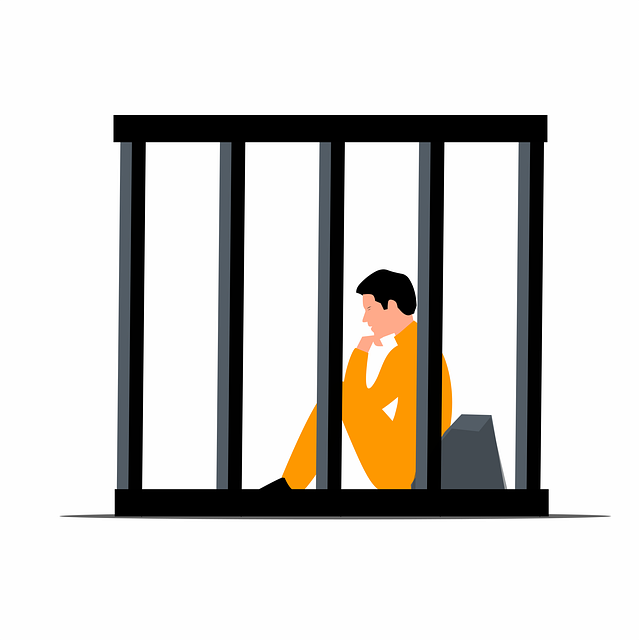In the digital era, identifying and addressing high-risk reoffenders, especially those with a history of DUI, presents unique challenges due to their online behavior. The interaction between social media and DUI laws is complex; while social media offers rehabilitation potential, it also raises privacy concerns. Effective strategies require a blend of technology (like GPS tracking), legal reforms, and tailored education programs utilizing social media platforms to foster community engagement, share success stories, and provide personalized support for at-risk individuals, thereby breaking the cycle of reoffending and promoting public safety.
In the intricate landscape of criminal justice, understanding high-risk reoffenders is paramount to breaking the cycle of recidivism. This article delves into the multifaceted issue, exploring critical factors such as social media’s influence on rising recidivism rates and the intricate relationship between DUI legal aspects and reoffending. We analyze current strategies and present innovative solutions leveraging technology and community engagement. By examining challenges and future directions, we aim to illuminate paths toward more effective offender rehabilitation.
- Understanding High-Risk Reoffenders: A Complex Issue
- The Impact of Social Media on Recidivism Rates
- DUI (Driving Under the Influence) Legal Landscape and Its Connection to Reoffending
- Examining Current Strategies for Breaking the Cycle
- Innovative Approaches: Utilizing Technology and Community Engagement
- Challenges and Future Directions in High-Risk Offender Rehabilitation
Understanding High-Risk Reoffenders: A Complex Issue

Identifying high-risk reoffenders is a complex issue, especially in the digital age where their behavior often extends beyond physical boundaries. These individuals, who pose a significant risk of recidivism, present unique challenges for law enforcement and the legal system. A notable trend among high-risk offenders is their increased interaction with social media platforms. This online presence can offer insights into their activities, associations, and potential triggers for future offenses. However, navigating the legal aspects surrounding this behavior is intricate; balancing privacy rights and public safety requires careful consideration, particularly in cases involving DUI (Driving Under the Influence) charges.
The intersection of social media and DUI legalities further complicates matters. Social media posts can serve as evidence in court, offering a window into an individual’s state of mind before and after a DUI incident. Yet, this digital footprint also raises concerns about due process and the potential for bias or misinterpretation. Understanding high-risk reoffenders demands a multifaceted approach that incorporates technological advancements, legal reforms, and effective rehabilitation strategies to disrupt their criminal cycles.
The Impact of Social Media on Recidivism Rates

The rise of social media has significantly impacted the lives of individuals, including those with a history of criminal behavior. While it offers a platform for connection and expression, its influence on recidivism rates, particularly among high-risk reoffenders, is noteworthy. Studies suggest that easy access to social media can trigger old habits and facilitate the spread of information related to illegal activities, including drinking and driving (DUI). The legal aspects of this phenomenon are complex; sharing explicit content related to DUI could potentially serve as evidence in court, while anonymous tips on social media may aid law enforcement in identifying at-risk individuals.
Moreover, social media platforms can create an environment where individuals glorify or normalize risky behaviors, indirectly encouraging reoffending. The legal community must navigate this digital landscape, utilizing social media as a tool for both rehabilitation and prevention. Understanding the interplay between social media and DUI legal aspects is crucial in breaking the cycle of recidivism and promoting public safety.
DUI (Driving Under the Influence) Legal Landscape and Its Connection to Reoffending

The legal landscape surrounding Driving Under the Influence (DUI) is a complex web that significantly influences the cycle of reoffending among high-risk individuals. In many jurisdictions, DUI laws have evolved to address public safety concerns by imposing stringent penalties and requirements on offenders. These include mandatory alcohol education programs, vehicle impoundment, license suspension, and even jail time. The severity of these consequences can serve as a powerful deterrent, but their effectiveness hinges on how well they are integrated into broader reentry and support systems for ex-offenders.
Social media plays an unexpected yet crucial role in this context. Platforms like Twitter, Facebook, and Instagram can be used to disseminate information about DUI laws and the potential consequences of reoffending. More importantly, these tools can facilitate community engagement and support networks for recovering offenders, helping them stay on track while reconnecting with society. Understanding how social media intersects with DUI legal aspects offers valuable insights into breaking the cycle of reoffending by leveraging technology to foster rehabilitation and positive reintegration.
Examining Current Strategies for Breaking the Cycle

In the quest to break the cycle of high-risk reoffenders, current strategies often involve a multifaceted approach. One key area is education and rehabilitation programs tailored to address specific issues like substance abuse or mental health problems, which are prevalent among this demographic. These programs can leverage modern tools such as Social Media platforms to connect with at-risk individuals and provide support networks, sharing success stories and offering resources for counseling and legal aid. From a DUI (Driving Under the Influence) perspective, legal aspects play a crucial role. Specialized courts focusing on DUI cases can offer tailored sentencing options and mandatory treatment programs that disrupt the reoffending cycle by addressing underlying issues. Additionally, leveraging technology to monitor compliance with court orders, such as GPS tracking devices or mobile apps, enhances accountability and encourages positive behavior changes.
Innovative Approaches: Utilizing Technology and Community Engagement

In today’s digital era, innovative approaches to breaking the cycle of high-risk reoffending are emerging, particularly leveraging technology and community engagement. Social media platforms, for instance, can serve as powerful tools for intervention and support. By utilizing these platforms, authorities and rehabilitation programs can reach at-risk individuals directly, providing educational resources, sharing success stories, and offering support networks that extend beyond traditional boundaries. This digital engagement not only helps in spreading awareness about the legal aspects of DUI (and other high-risk behaviors) but also fosters a sense of community, which is vital for long-term behavioral change.
Furthermore, technology can facilitate personalized rehabilitation programs through data-driven insights. Apps and software designed for offender monitoring and behavior tracking allow for real-time communication with support groups and professionals, ensuring compliance with court-mandated requirements. Moreover, these tools can help in identifying potential triggers or patterns leading to reoffending, enabling more effective interventions. In terms of DUI legal aspects, such technological advancements can provide a robust framework for accountability while offering avenues for early intervention and redemption.
Challenges and Future Directions in High-Risk Offender Rehabilitation

Breaking the cycle of reoffending among high-risk individuals poses significant challenges, especially considering the complex interplay between social factors, mental health, and legal consequences like DUI (Driving Under the Influence). Traditional rehabilitation methods often struggle to address these multifaceted issues comprehensively. For instance, while incarceration may temporarily remove offenders from society, it doesn’t necessarily equip them with the skills to reintegrate successfully or prevent future criminal behavior.
Looking ahead, integrating innovative strategies that leverage technology and social support systems could be key. Social media platforms, for example, can serve as both a tool for accountability and a channel for delivering personalized recovery resources. However, navigating the legal aspects of DUI cases and their impact on offender rehabilitation requires careful consideration, emphasizing the need for holistic, evidence-based approaches tailored to high-risk populations in the digital age.
Breaking the cycle of recidivism among high-risk reoffenders requires a multifaceted approach. By understanding the complex issues surrounding these individuals, leveraging technology and community engagement, and addressing social media’s impact on recidivism alongside the evolving DUI legal landscape, we can implement more effective strategies for rehabilitation. Future directions should focus on innovative solutions that challenge traditional methods, ensuring a safer and more sustainable path towards desistance from crime.






